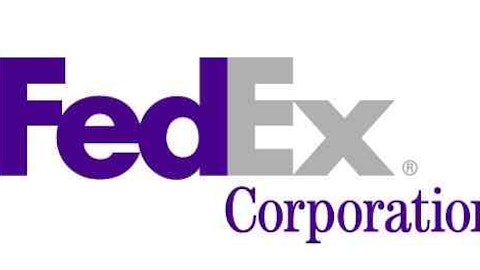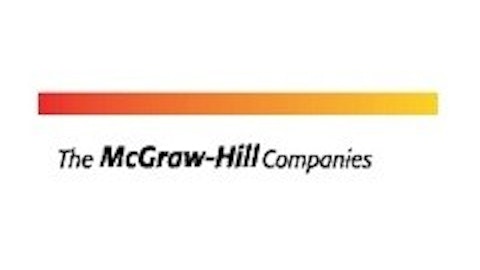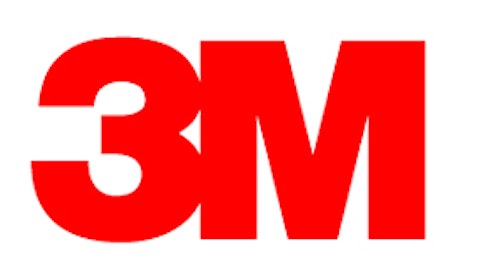FedEx Corporation (NYSE:FDX) is a leader in guaranteed time delivery for both domestic and international package delivery, the demand for which has skyrocketed lately. With the growing number of consumers doing their shopping online, FedEx’s revenue has nearly doubled over the past decade. Although their stock is currently trading towards the high-end of its historic valuation at 17 times earnings, I think this is still a bargain, due to both the strong earnings growth projected, as well as the strength of the company itself.

The company has a network of 52,400 ground vehicles, 660 airplanes, and 58,400 drop-off boxes, which makes it the world’s largest provider of guaranteed express delivery services. Their general strategy is to ensure that their business is running as efficiently as possible, while at the same time expanding their global reach. For example, FedEx Corporation (NYSE:FDX) has the authority to operate 30 weekly flights into China, the most of any U.S.-based carrier. To further highlight the company’s potential for overseas growth, consider that less than half (48%) of their revenue currently come from international operations.
As far as delivery services go, FedEx’s main competitors are United Parcel Service, Inc. (NYSE:UPS) and the United States Postal Service, as well as other government and independent delivery services around the world. United Parcel Service, Inc. (NYSE:UPS) is the world’s largest express and package delivery company, and is much more of a domestic company, with only 22% of revenue coming from international package deliveries. United Parcel Service, Inc.(NYSE:UPS) delivers 15.8 million packages per day, or just over 4 billion per year.
One of my favorite aspects of UPS as an investment is its track record of increasing its dividend (currently at 3%, much more than the 0.5% yield of FedEx). United Parcel Service, Inc. (NYSE:UPS) also has a very nice buyback program, and since 2009 has reduced the number of outstanding shares by 6.7%.
There are also a number of ETF’s that allow investors to get exposure to the entire transportation index, with my favorite being the iShares Dow Jones Transportation Average Index Fund. This is actually my favorite way to play the sector as a stable long-term investment, and also get some income with a dividend yield of about 1%.
The fund’s top holdings indeed include the two package giants mentioned here, with FedEx Corporation (NYSE:FDX) making up 8.43% of the fund’s holdings and United Parcel Service, Inc. (NYSE:UPS) accounting for 7.24%. The fund also gives exposure to other areas of the transportation sector, such as rail transportation through Union Pacific and Norfolk Southern, as well as ground transportation through holdings such as J.B. Hunt Transport Services.
As mentioned before, FedEx Corporation (NYSE:FDX) trades at a somewhat premium valuation of 17 times TTM earnings. FedEx is expected to post earnings of $6.35 per share for the current fiscal year, and this number is expected to grow to $7.84 and $9.25 in fiscal years 2014 and 2015, respectively. This would translate to earnings growth of 23.5% and 18%, which would make the P/E ratio seem extremely low if all goes well.
For comparison’s sake, UPS trades at a slightly higher valuation of 18.3 times TTM earnings, and is expected to earn $5.01 for fiscal year 2013, growing to $5.71 and $6.37 over the next two years, for a forward growth rate of 13% on average. However, for those investors who want to rely on their stock portfolio for income, United Parcel Service, Inc. (NYSE:UPS) is the clear winner here, given the fact that its dividend yield is 6 times that of FedEx.
So, on the surface, FedEx Corporation (NYSE:FDX) seems to be more attractively valued, and could indeed produce the better returns for investors if the consensus estimates are accurate. However, bear in mind that FedEx is more dependent on foreign economies, particularly Europe. This added risk and instability is perhaps the cause for the seemingly discounted valuation. At any rate, I still see FedEx Corporation (NYSE:FDX) as a relatively safe investment whose global reach and efficient operations should make it a winner for decades to come.
The article This Delivery Giant Still Looks Cheap originally appeared on Fool.com and is written by Matthew Frankel.
Copyright © 1995 – 2013 The Motley Fool, LLC. All rights reserved. The Motley Fool has a disclosure policy.




